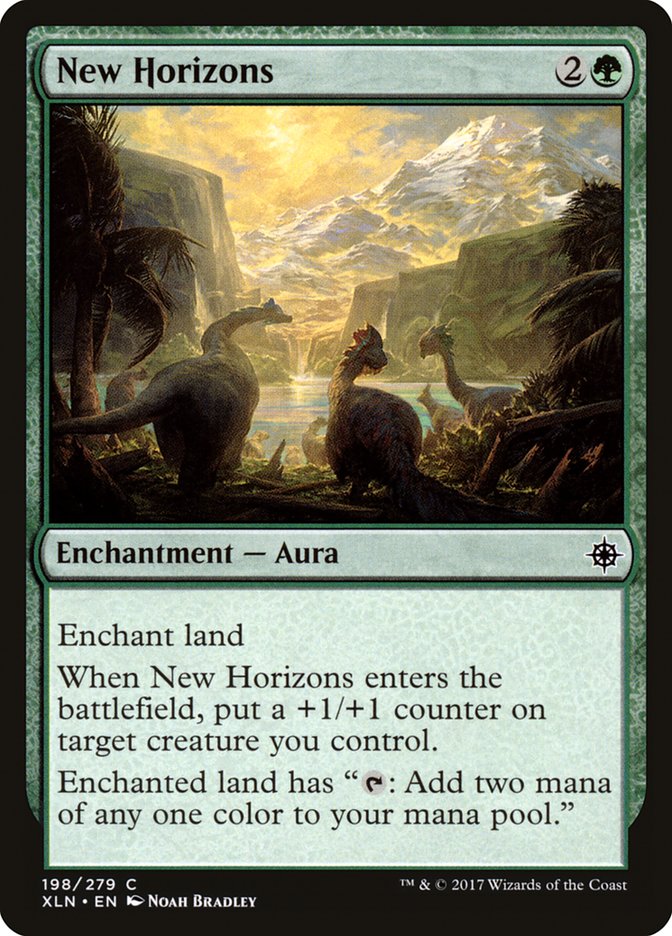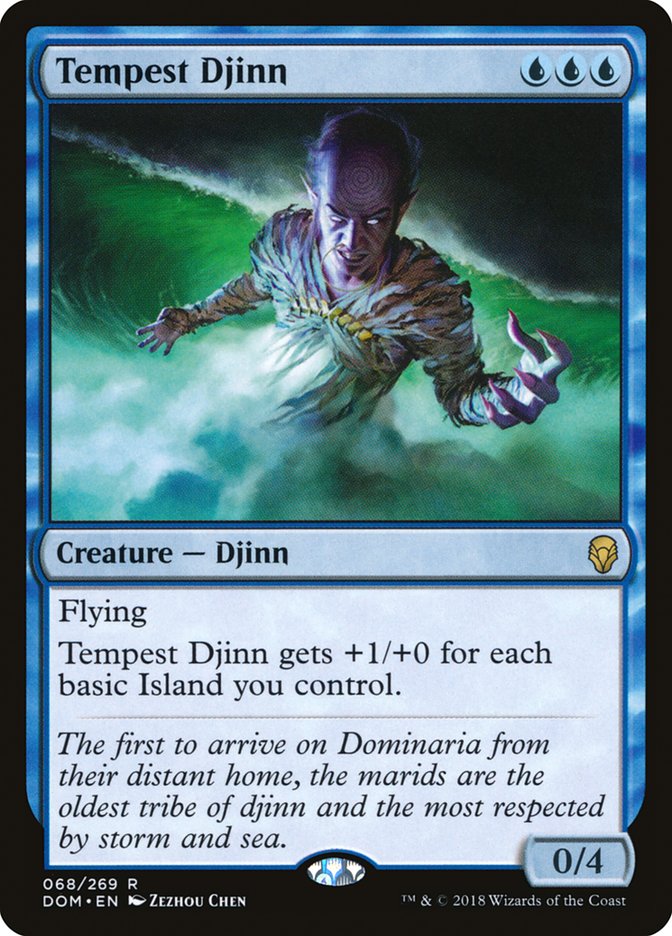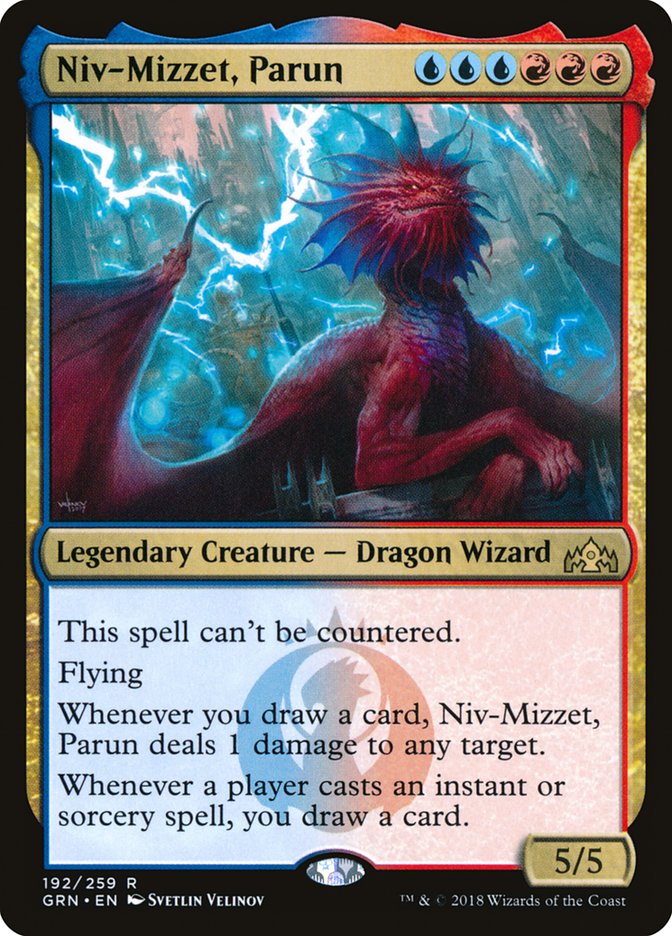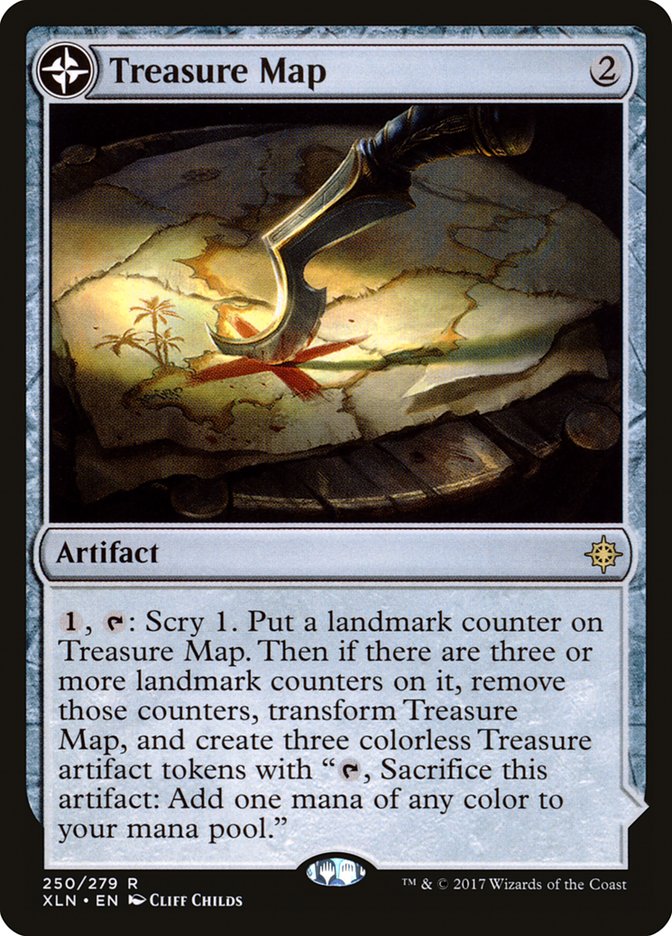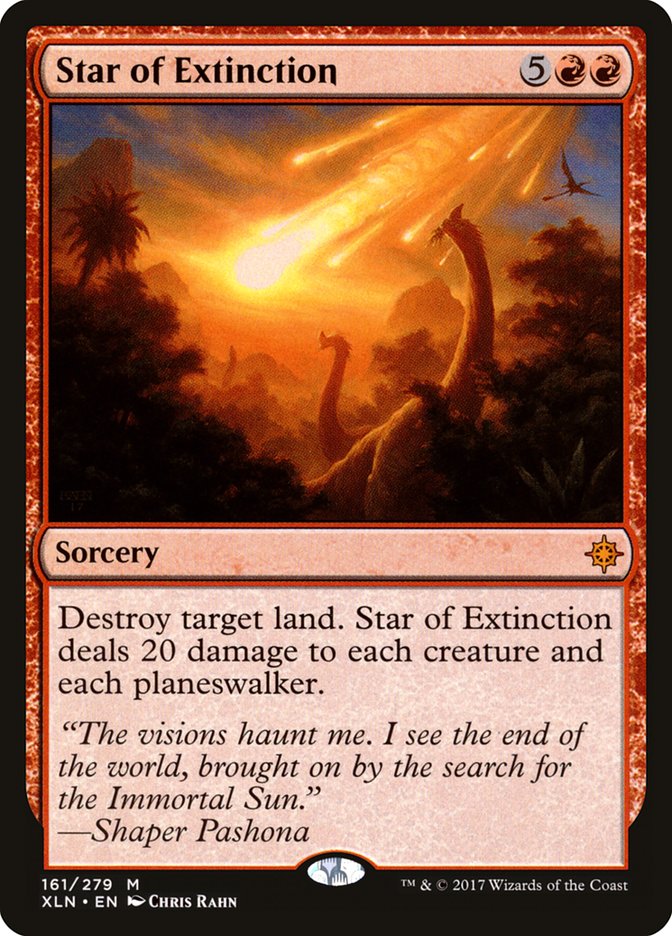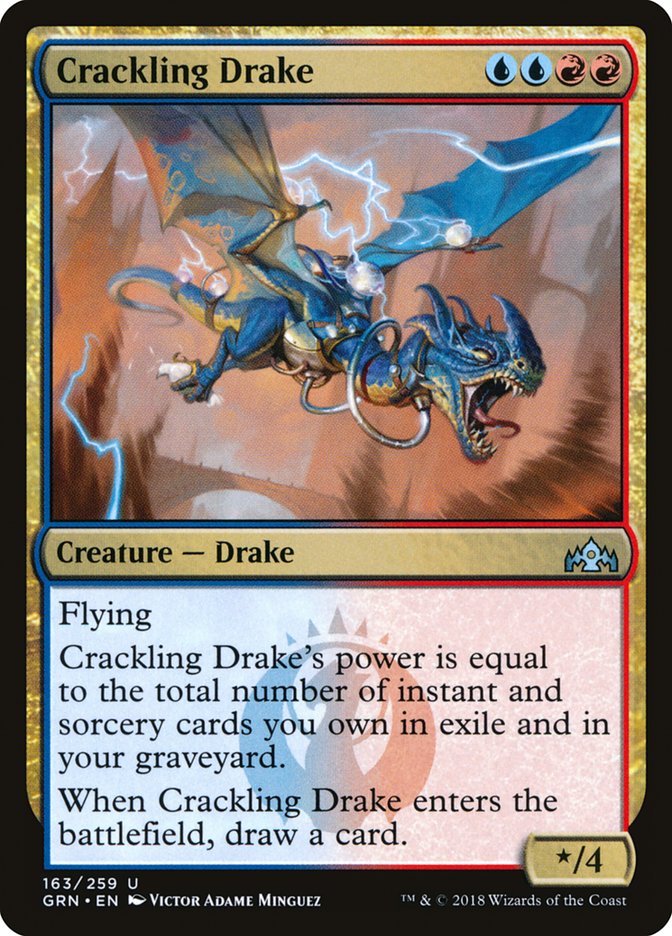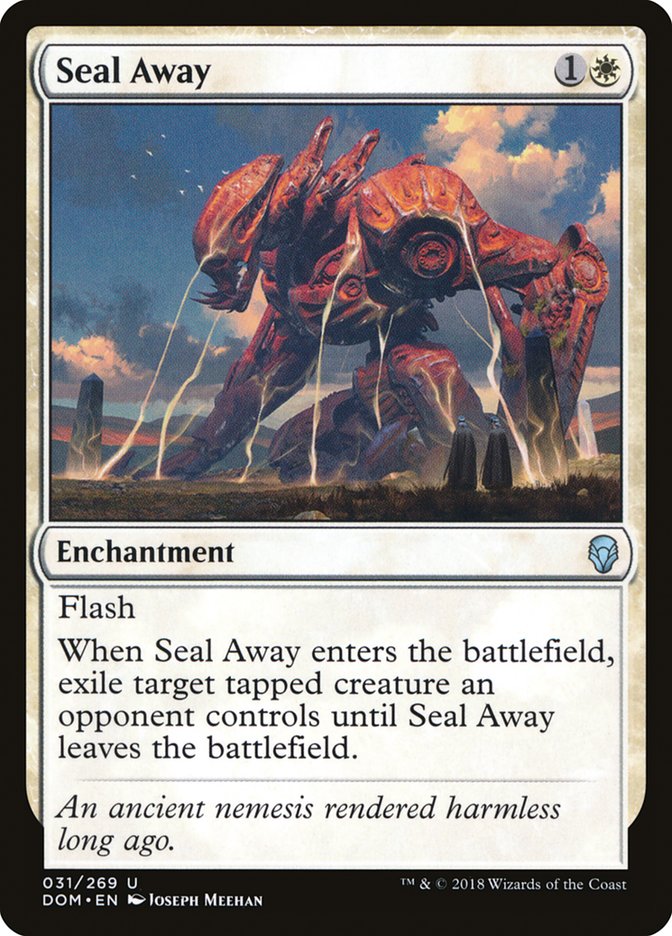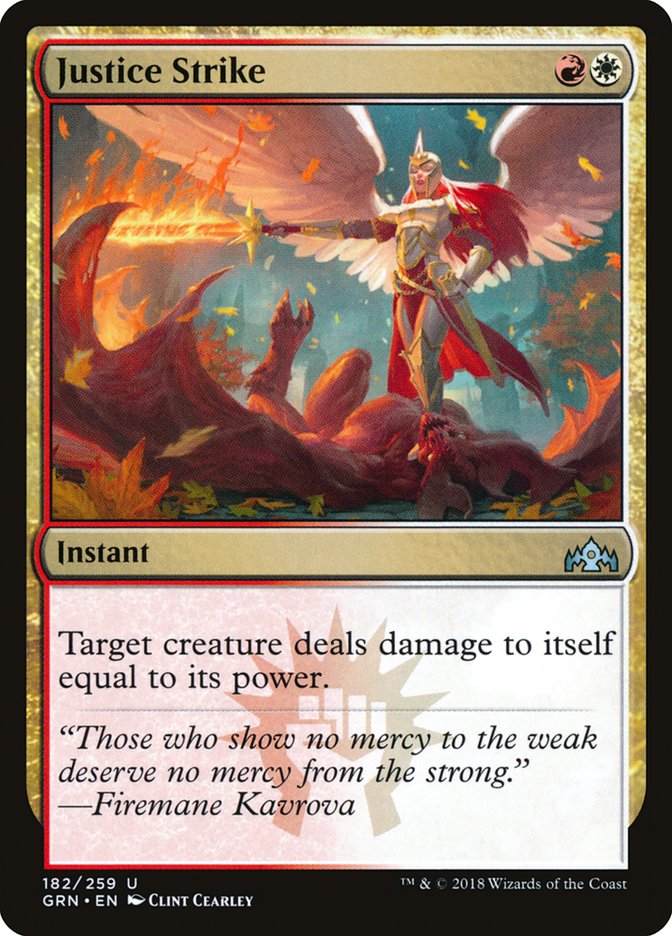Magic: The Gathering Online has been a dear friend of mine for over a decade, but now it’s time to reevaluate our relationship.
It gave those of us with real-world responsibilities a vessel to improve our game, prepare with teammates, and get the critical practice that is required for tournament success. I remember when I won my first title, Virginia State Champion in 2004, with a sweet Bant Control deck centered around Pristine Angel. I hurried home that evening, got on MTGO, and made my screen name “statechamp.”
There have been a few big shots around the competitive scene who have dogged players for achieving these types of victories, but you’ll never hear something like that come out of my mouth. I remember the struggle well and understand the dedication required for newer competitors to land any type of success in this skill-intensive game. That is why MTGO was so vital for me and the old premier events that I used to prepare for all my events during my college and early career years.
However, there’s a new sheriff in town.
Magic: The Gathering Arena is the future of digital Magic, and it’s tough to play devil’s advocate once you’ve immersed yourself in the current version. I wasn’t a naysayer in the slightest, but I am old and stubborn. MTGO is a breeze to navigate for us grizzled veterans, which made it difficult for me to dive into the MTG Arena scene. I already have a collection on MTGO, understand the competitive scene and mechanisms behind it, and how much better would this new-fangled program be anyway?
The answer is “a lot better.”
The interface is intuitive, entertaining, and has the feel of a true video game. Grinding through events on MTGO became a second job for me, but doing the exact thing on MTG Arena has stolen many hours of my free time, filling them with joy and excitement. Some may believe that it could be that new game smell that has stolen all these pros to the new platform, but that’s not the case in this circumstance. Besides the gorgeous and entertaining interface, there are competitive edges to be had.
The competitive scene on MTGO has always been stout, and only there would you find the competition that resembles a premier event. MTG Arena started out a bit slow, as any new platform would. I watched some early streamers battling once showing video was allowed and saw a large amount of precons engaged in war.
This sight pushed me further away from the program months ago, but I can tell you with absolute certainty that this isn’t the case any longer. The competitive Standard Leagues contain top-tier decks, players, and competitive experiences for all to enjoy. There are new players diving in each day, so from time to time I’ll see a suboptimal deck challenging me in the competitive queue. Yet this is rare, as it’s easy to whip up Izzet Drakes or Mono-Blue Aggro for just a few bucks.
This article is not a sponsored piece from a Wizards of the Coast superfan. You all know I’ve been critical of many decisions that WotC has made and I’m not afraid to publicly let them and the world know when a misstep has occurred. MTG Arena is a slam-dunk success and that’s the reason I encourage all my readers to give it a whirl.
A skilled mage, especially from the control school, needs ample test time in order to iron out the kinks. This test time can still be effective on MTGO, but it feels like a digital vacation on MTG Arena. I currently have Esper Control built on there with enough cards to craft a second control strategy for testing. I believe I’m going to craft Jeskai Control as well, and luckily for us, my good friend Adrian Sullivan has a list for us to analyze.
Creatures (7)
Planeswalkers (3)
Lands (25)
Spells (25)

I love Adrian, and he and I go way back. This is mainly because we’re both old, jolly veterans of the game, but also because he’s a great guy. When I was just getting my decent tournament run started, he and I would always chat about control decks at events. If you want to truly engage in a deep conversation about Garfield’s intent for the game we love, a chat between wise control enthusiasts is the place to start.
Even better, I think this Jeskai Control deck he won Grand Prix Milwaukee with is a strong option for us moving forward. Now, Adrian is a great player who can win with just about any assortment of control spells jammed together. While this list is a bit all over the place, it was piloted by a wonderfully mad mage who could contain its carnage.
There’s a huge takeaway from this list, and that’s how Niv-Mizzet, Parun is criminally underplayed. It reminds me of Torrential Gearhulk decks of the past. Torrential Gearhulk was the dominating face of control the day it was printed but nearly overshadowed The Scarab God due to its strength. The Scarab God paired perfectly with Torrential Gearhulk, ultimately making the control win condition package a Tier 1 option. This occurred here with Niv-Mizzet, Parun.
Teferi, Hero of Dominaria is still the king of control in Standard. Each decklist we craft has four copies of the Azorius planeswalker and then the rest of the spells fall into place.
There’s a great deal of freedom when building a control deck these days because of the quantity of control spells currently legal. These options are weaker than they have been in the past, but that improves creativity. When there are a couple of busted control cards legal, we all must make them the core of our deck without question. The cards legal now have very similar, low-powered effects, so deckbuilding creativity is at an all-time high. This is good for Standard, even if it is frustrating for disgruntled creators like me who want the most powerful options at our fingertips.
Niv-Mizzet, Parun needs to join the must-have group in Jeskai Control decks moving forward. I’ve played with it extensively, but I wasn’t ever too excited about it with all the hyper-aggressive decks running around. Pro Tour Guilds of Ravnica may have had a Top 8 dominated by white decks, but the real metagame of Standard doesn’t reflect that. Niv-Mizzet, Parun is an absolute bombshell against all decks that meet you in the mid- or late-game. Adrian confidently played four copies and had Dive Down to ensure its safety on Turn 7. With four in a deck, you can easily toss one out for slaughter on Turn 6, especially against decks that only have a handful of ways to remove the behemoth.
Even though there are many cards that leave me scratching my head, the four copies of Treasure Map make a whole lot of sense. This is the key to solving the mana constraints of Niv-Mizzet and helps fortify your six-drop with a flurry of defensive spells upon resolution. It provides you a handful of powerful spells, as well as a combo type finish that control thrives on. There are some games that end immediately after your opponent fails to remove the Elder Dragon, making this a strategy that we should all take very seriously.
Treasure Map is also a requirement when you build a Jeskai Control deck with only twelve white sources and want to cast Settle the Wreckage. This is still a fine decision because you must have your manabase consist entirely of lands that help cast Niv-Mizzet, Parun.
I took Adrian’s list and made it a bit more mainstream.
Creatures (6)
Planeswalkers (3)
Lands (25)
Spells (26)

I’ve tested this version of Jeskai Control with friends to make sure this is the direction I want to go. So far, I’ve really enjoyed Adrian’s brilliant approach to use Treasure Map as a true ramp spell for control decks. I’ve always enjoyed the one I have in Esper Control, but running four shows absolute dedication to the cause. There aren’t any mana outlets in Esper Control, but there are plenty of options in Jeskai Control. Niv-Mizzet, Parun is naturally hungry for mana, where Explosion ruins opponents when X = Large Number.
The access to a wealth of mana also improves Star of Extinction. This was an Eli Kassis special at first but has now become a staple of Jeskai Control enthusiasts. When Azor’s Gateway was involved, this seven-mana sorcery was often dumped early in the game. Treasure Map allows you to hold onto it for an ahead-of-schedule, devastating sweep of the battlefield against an unsuspecting Golgari opponent. The mana fixing continues to make an impact, allowing us to cast Lyra Dawnbringer with the same manabase that requires UUURRR on Turn 6.
I’m skeptical about a few of the other card choices but decided to keep them in for testing. Dive Down is a sweet idea to save our Dragon leader, but that isn’t enough to warrant the slot. Enigma Drake simply doesn’t belong in the deck and was replaced by Crackling Drake, which does some great things for us. The card draw attached makes it well worth the additional mana, especially when we have so few aggressive elements to pressure a life total. Enigma Drake can provide a bit more pressure with the lower mana cost, but it doesn’t help us with land drops like its big sibling does. In a deck where we plan on having a strong late-game, we want to enlist the help of the superior midrange card to help us get there.
A few other changes address the expected shift in the metagame. Adrian had very few answers to opposing copies of Niv-Mizzet, Parun, which prompted me to toss a Justice Strike in there over Shock. Both cards serve a similar purpose against the aggressive decks, but Justice Strike hits a few giant threats that can’t be destroyed with the two-damage instant. Seal Away is another addition for similar reasons. Lava Coil is a great removal spell, but Adanto Vanguard has changed the way we play ball. Traditional removal will always have a place, but in Adrian’s version there are very few answers to the impervious two-drop. This change has already paid dividends, and I would warn against playing this deck without it.
The other changes are minor: shaving a Spell Pierce for an Ionize, adding in a Negate for an Expansion // Explosion, and cleaning up the sideboard to address the metagame that many of you will encounter in the coming weeks. Fiery Cannonade is another heavy hitter against the most popular aggro decks, giving Jeskai Control myriad instant-speed battlefield wipes. Negate is still the best card against opposing control decks, so I made sure that our version has more than our competitors. There are very few cards I’d rather have in my opening hand than Negate in the mirror, which is why three is the minimum amount to include.
After I get another day or two of testing in, expect to see me on the digital battlefield of MTG Arena with Jeskai Control. I still think Esper Control is great and I’ve been doing well with it, but this fantastic finish warrants some playtesting with the opposing shard.


